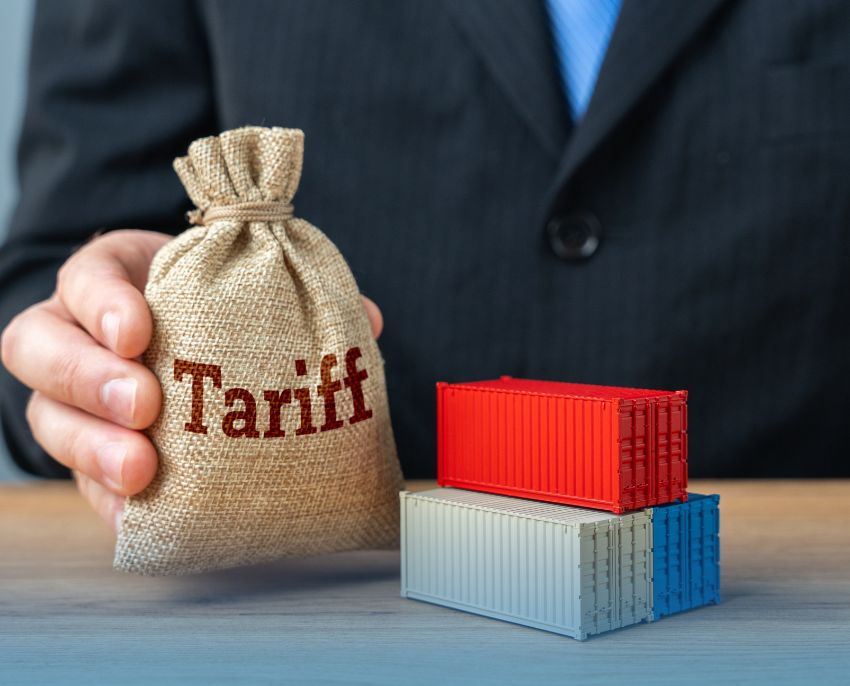DESPITE renewed tariff threats, global markets have remained calm, suggesting complacency around risk of Trump acting on his protectionist plans in August.
This may inadvertently embolden him and his confidence to take action could stem from several recent “wins” such as the USD100 bil in tariffs collected with minimal economic drag, resilient US equities, along with his role in Israel-Iran tension.
“Currently, Malaysia’s 25% US tariff rate is higher vs Indonesia (19%) and Vietnam (20%) has raised concerns, but the gap is modest and we believe is unlikely to deter foreign investments meaningfully,” said Hong Leong Investment Bank.
Even if tariffs remain elevated, policy tools like tax incentives can cushion the impact, in our view.
On a similar vein, Malaysia’s high corporate tax rate of 24% vs Indonesia/Vietnam‘s 22%/20% has not historically hindered investments, backed by a strong manufacturing base and supply chain.
We see these structural strengths will continue to make Malaysia an attractive destination under the global supply chain diversification or “+N” strategy.
In any case, we remain optimistic Malaysia can still negotiate for a lower tariff rate.
Locally, there is growing concern that Malaysia may be unable to secure a more favourable US tariff rate relative to regional peers, potentially undermining our national competitiveness.
Although this risk warrants monitoring, we are not overly alarmed. The differential of 5-6ppt is modest and, in our opinion, unlikely to be material enough to meaningfully divert foreign investment away from our country.
Earlier, the narrative of Malaysia benefiting from tariff arbitrage held stronger weight due to a significantly wider gap of 8-22ppt during April’s Liberation Day episode.
In contrast, the current disparity is far narrower. Even if Malaysia ends up with a relatively higher tariff rate, we believe it can be mitigated via strategic policy tools, including targeted tax incentives and capital allowances.

On a similar vein, while Malaysia’s corporate tax rate stands at a higher 24% vs Indonesia/Vietnam‘s 22%/20%, it has not historically undermined our competitiveness in luring foreign investments.
This is thanks to our mature and integrated manufacturing ecosystem, supported by a well-developed local supply chain.
Thus, we believe these structural strengths will continue to make Malaysia an attractive destination under the global supply chain diversification or “+N” strategy.
Moreover, it is worth noting that any prospective tariff action by Trump would only affect Malaysia’s exports to the US.
Like many other nations, the government is actively working to diversify our export base and trade partners to mitigate potential shocks.
In any case, we remain optimistic that Malaysia could still negotiate a more palatable tariff rate (<20%), especially seeing both Indonesia and Vietnam had successfully secured steep reductions (13-26ppt) despite their respective ties to BRICS and China.
The upcoming 13th Malaysia Plan (13MP), which runs from 2026-30, is slated for tabling in Parliament at end-July.
We see a higher Development Expenditure (DE) allocation of RM440 bil, in line with the RM90 bil/year pace from 2023-25 and continuing the upward trajectory seen in past plans.
That said, the DE will be anchored by fiscal prudence to ensure adherence to the government’s fiscal deficit target of 3.5% GDP between 2025-27.
Overall, we anticipate the 13MP to adopt a globalist approach, particularly given the significant overlap with Trump’s presidency through 2028. —July 22, 2025
Main image: LITE




